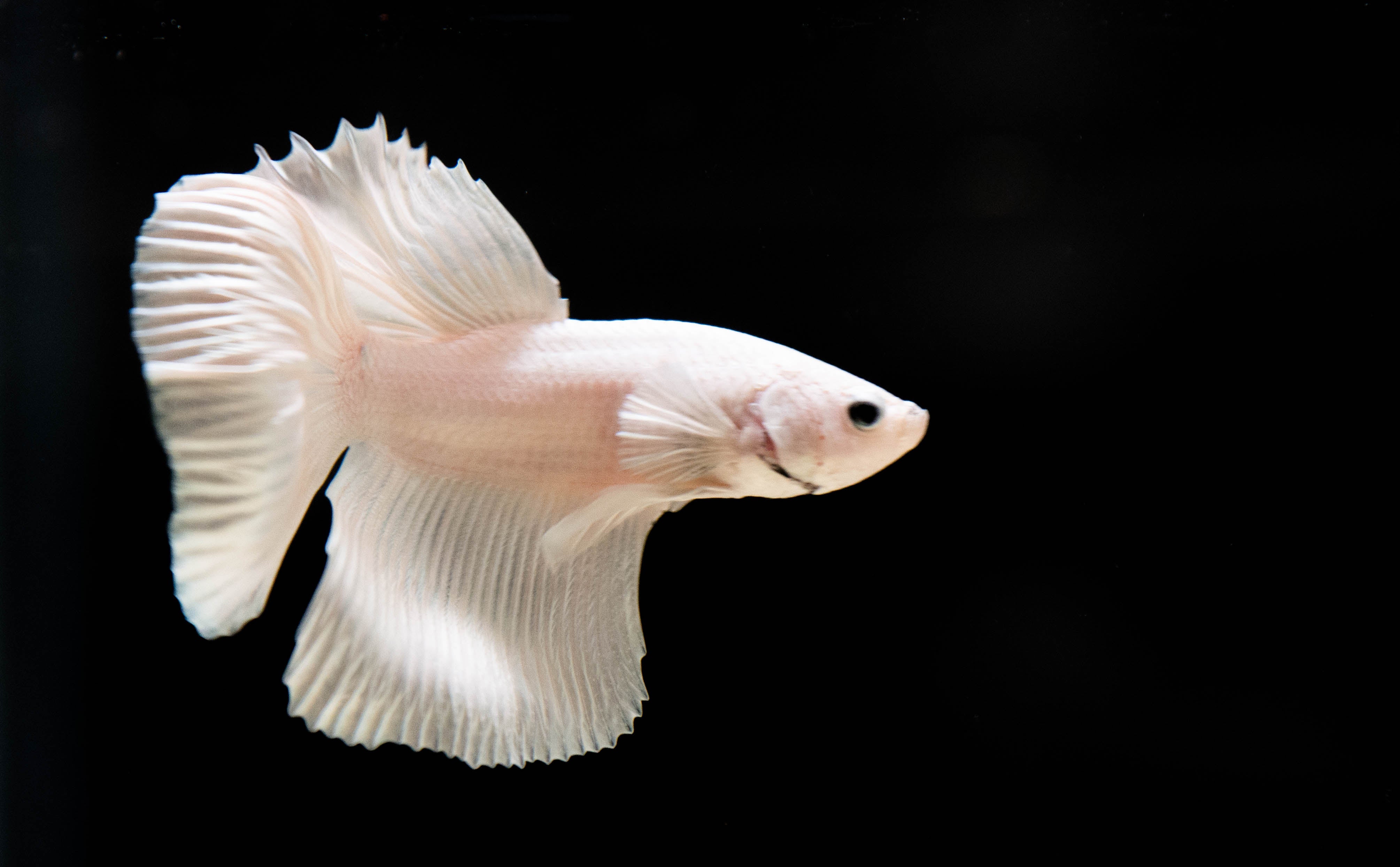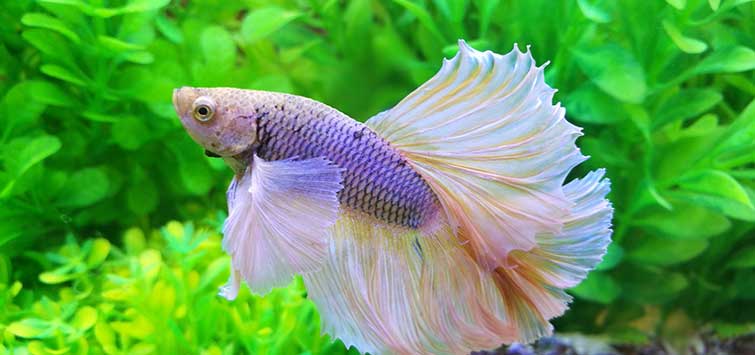How to Breed Betta Fish Efficiently: Specialist Strategies and Insights for Hobbyists Seeking To Expand Their Betta Collection
Breeding Betta fish calls for a nuanced understanding of genes and ecological conditions, making it necessary for enthusiasts to come close to the procedure with both persistance and treatment. Developing an optimal reproduction environment, selecting the right sets, and observing the complexities of their courtship habits are foundational steps that can substantially influence the result.
Recognizing Betta Fish Genetics
Recognizing the genetics of Betta fish is essential for successful breeding, as it influences traits such as shade, fin form, and habits. Betta fish show a varied range of colors and patterns, largely identified by their hereditary make-up. The key genetics responsible for pigmentation consist of the "B" gene for blue, "D" genetics for red, and the "C" gene for color strength. Breeders can adjust these attributes by choosing particular moms and dad fish that show desired qualities.
In enhancement to pigmentation, fin morphology is one more considerable aspect of Betta genetics (betta fish). The form and dimension of fins are influenced by numerous genes, including those that identify whether the fins are short, long, or veil-shaped. Comprehending these genetic variations helps dog breeders predict the phenotypic end results of their spawn
Additionally, behavior qualities such as aggression and territoriality can also be affected by genetics. These habits play a vital role in the breeding process, as they can impact spawning success and the overall character of the resulting fry. By comprehensively understanding these hereditary principles, breeders can make enlightened choices, inevitably boosting their breeding programs and attaining preferable outcomes.
Preparing the Breeding Setting
Developing an optimal reproduction environment is crucial for the successful reproduction of Betta fish. The initial step in preparing this environment is to pick a suitable breeding storage tank, ideally varying from 5 to 10 gallons.
Following, consider the use of a sponge filter or an air rock to offer gentle water flow without developing strong currents that can stress the fish. It is essential to install plants or reproducing cones to supply hiding areas and advertise comfort for the female throughout the spawning procedure. Drifting plants, such as Java moss or water sprite, can additionally develop a much more native environment while assisting in bubble nest structure by the man.
Before introducing the reproducing pairs, guarantee the water is conditioned and devoid of unsafe chemicals, such as chlorine or heavy metals. betta fish. Regular water adjustments should be carried out to keep optimum water high quality, boosting the chances of successful breeding. With these preparations in position, the reproducing setting will support the wellness and well-being of both Betta fish
Choosing Reproduction Pairs
Picking the ideal breeding sets is critical for attaining effective Betta fish reproduction. When choosing your reproduction pairs, take into consideration numerous key elements consisting of health and wellness, temperament, and genes. Healthy and balanced Betta fish display vivid shades, clear eyes, and active habits. Selecting fish that are complimentary from condition makes sure a far better opportunity of producing viable offspring.
Character is an additional important consideration, as Betta fish are recognized for their aggressive nature. It is advisable to choose a man and lady that exhibit suitable characters to reduce stress and anxiety during the reproducing process. A tranquil male can encourage a smoother courtship, while a woman that is too why not look here hostile may disrupt the procedure.
Genetic background also plays a considerable role in the top quality of the offspring. Reproducing fish that are genetically varied can minimize the risk of hereditary health issues and enhance the More Help overall vitality of the fry. It is helpful to look into the family tree of both the male and lady, focusing on desirable characteristics such as fin type, color scheme, and dimension.
The Reproduction Refine
The reproduction process of Betta fish requires cautious preparation and attention to detail to ensure an effective end result. It is vital to prepare an ideal breeding storage tank, preferably a 5-10 gallon fish tank with a temperature kept at 78-80 ° F. The container must be geared up with a heating system, filter (preferably sponge type to stay clear of strong currents), and lots of marine plants for the female to hide.
When the setting is established, present the picked reproducing set to the container, permitting them to acclimate. Observe their actions; the male will display fancy courtship rituals, consisting of flaring his fins and constructing a bubble nest. If the female shows passion, she will certainly present upright red stripes suggesting readiness for spawning.
When the lady is receptive, both will certainly participate in a mating embrace, during which the male feeds the eggs. It is essential to monitor their interactions carefully, as the male might come to be hostile. After spawning, remove the female to stop possible harm. The man pop over to these guys will certainly have a tendency to the eggs, which typically hatch within 24-36 hours. Keeping optimal water problems throughout this duration is necessary for the development of healthy and balanced Betta fry.
Taking Care Of Betta Fry

Feeding Betta fry is vital, as they call for a diet high in healthy protein. Initially, they can be fed infusoria or liquid fry food, transitioning to finely smashed high-grade pellets as they grow. Feed little portions multiple times a day to motivate healthy development without overloading the container with leftover food.

As they grow, check their growth very closely and separate any kind of hostile people to protect against injury. By providing a nurturing setting and appropriate nutrition, enthusiasts can efficiently raise Betta fry into dynamic, healthy fish, inevitably boosting their breeding endeavors.
Conclusion
Effective Betta fish reproduction calls for precise focus to genetic selection, ecological problems, and care for the fry. By recognizing the genes of Betta fish and preparing an appropriate reproduction environment, hobbyists can improve the possibilities of producing vivid, healthy offspring. Choosing suitable reproduction sets and carefully keeping an eye on the courtship and spawning processes are crucial. Finally, supplying ideal take care of the fry ensures their healthy growth, contributing to a thriving Betta collection.
Comments on “Betta Fish Treatment: Crucial Tips for a Healthy And Balanced and Delighted Family Pet”